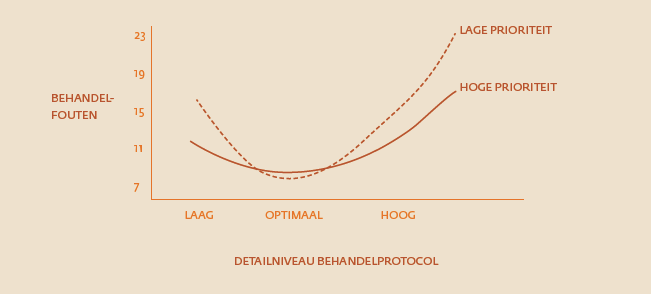‘Geachte staatssecretaris, verzorgers hebben één talent: ze kunnen magistraal zorgen. Laten we afspreken dat ze voortaan alleen het hoognodige opschrijven; maximaal 10% van wat ze nu doen.’
Introductie
Als accountant heb ik gezien dat organisaties vaak gebruik maken van bureaucratische maatregelen om gedrag van medewerkers zo te beïnvloeden dat organisatiedoelen worden bereikt. Er is vaak een toename van bureaucratie als er een incident is geweest. Voorbeelden zijn behandelprotocollen, vierogen-principe, zorgplannen, registraties, gedragscodes en functieomschrijvingen.
Bureaucratie in de zorg heeft een andere positie dan in veel andere bedrijfstakken. Bureaucratie raakt meer dan in andere bedrijfstakken de klant: het voorkomt fouten, maar gaat ook ten koste van de tijd die beschikbaar is voor zorg. Bij veel andere bedrijfstakken zoals banken en verzekeraars is bureaucratie er vooral op gericht om de belangen van de organisatie te beschermen. Gezondheidszorg is relatief complex; elke patiënt is anders en soms past een procedure dan niet helemaal. Daarnaast werken er in de


